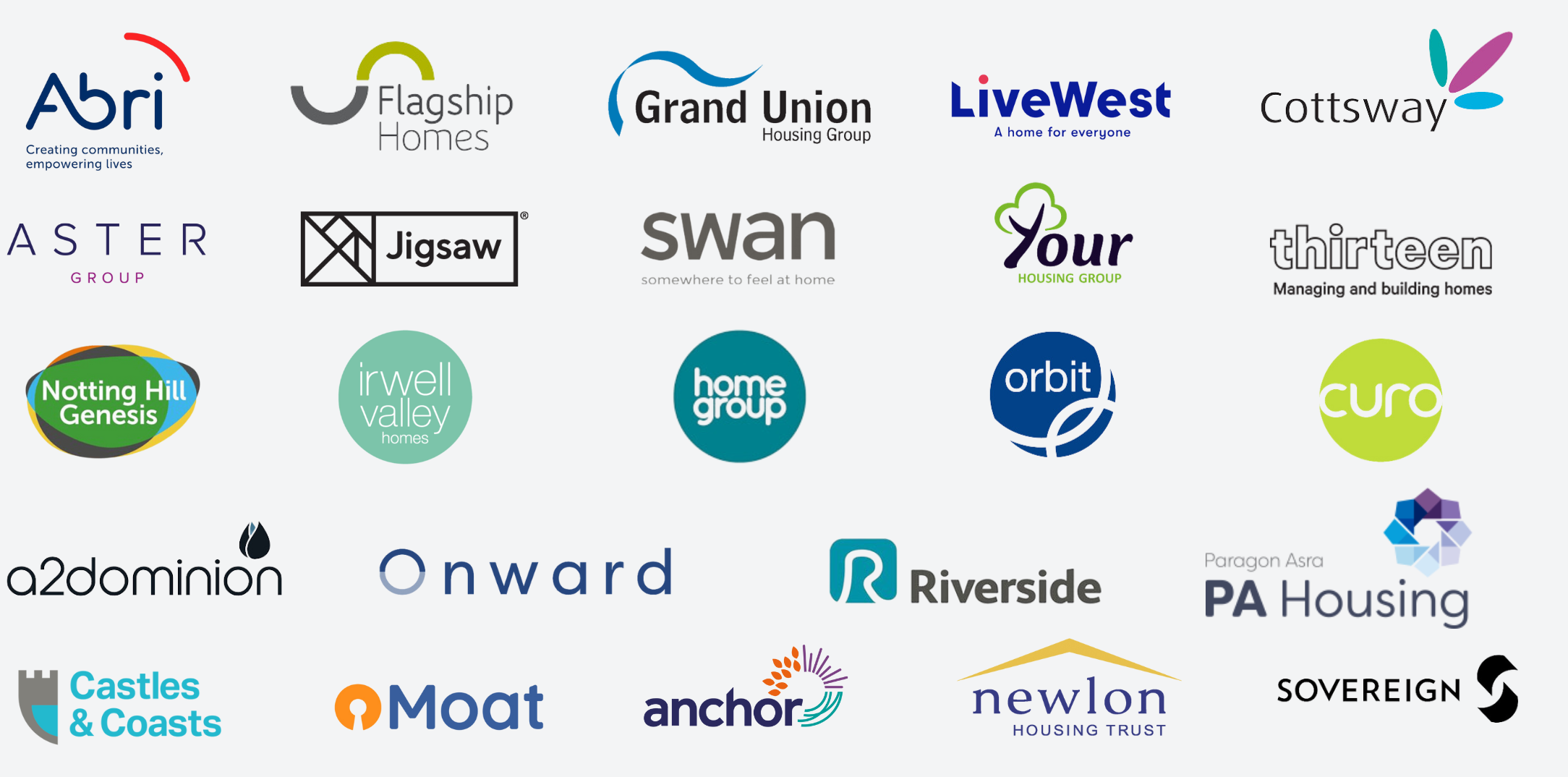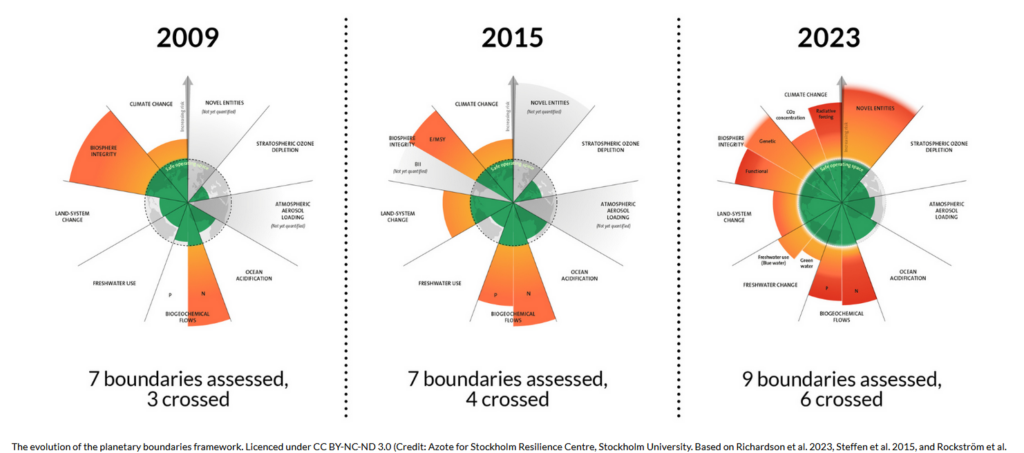The UK housing crisis remains a pressing issue, with alarming statistics highlighting the severity of the problem. According to Shelter, over 280,000 people are currently homeless, and Rough Sleeping Statistics reveal a 52% increase in rough sleeping between 2010 and 2020. The shortage of affordable homes is evident, with around 8.4 million people in England alone living in unaffordable, insecure, or overcrowded housing, according to the National Housing Federation. These figures underscore the urgent need for comprehensive measures to tackle the crisis and provide affordable housing for all.
Alongside the shortage of social and affordable housing, the affordability of private housing in the UK has become a significant concern in recent years. Rising house prices have outpaced wage growth (the average house price in England has risen by 56% over the past decade, while wages have only increased by 20%) making it increasingly difficult for many individuals and families to afford homes in the private market.
This affordability challenge is particularly acute in areas with high demand and limited supply, such as London and other major cities. Various factors contribute to the affordability issue, including a shortage of affordable homes, speculative investment, and stagnant wages. As a result, a significant proportion of the population struggles to access suitable and affordable housing, leading to increased pressure on rental markets. For those for whom the dream of home ownership seemed a distant one, rising interest and mortgage rates have simply put this further out of reach. For a “home-owning democracy”, this places a strain on a fundamental strand of the UK’s social contract for an entire generation.
Underlying the affordability issue is a more fundamental one of supply and demand. Since 2000, the population of the UK has experienced significant growth. According to the Office for National Statistics, the estimated population of the UK in mid-2000 was around 59 million people. As of mid-2021, the estimated population had reached approximately 67 million people. Along with further increases since the last census, this represents an increase of well over 9 million people over the course of two decades. Over the same period, Ministry of Housing, Communities and Local Government data suggests that approximately 4m million net new homes were completed across England, Scotland, Wales, and Northern Ireland combined. The National Audit Office (NAO) reported in 2019 that the backlog of new homes needed in England was approximately 4,000,000, with this gap likely widening at current levels of net migration.
Despite the obvious problems, politicians seem to have been unable to sustainably grow the housing supply numbers with planning, the property cycle and opposition to building over swathes of the green belt among the challenges faced.
So rather than tinkering with the existing system (which seems to be the gist of the political class’s thinking on this issue), perhaps it is time for a more radical solution, which could not only tackle, but get ahead of the UK’s housing shortage, while also providing a boost for UK economic growth, investment and productivity and breathing life into a stagnating economy. This would involve a Green New Cities Strategy harnessing a combination of public and private sector capital and the Government’s ability to use its legislative powers to deliver 3-4 new cities, each designed for 1 million people but with the capacity to grow. A vision for this could involve:
1. Locations targeted for a genuine “levelling up” agenda, bringing jobs, investment and prosperity to currently economically neglected parts of the country. I can think of several potential locations, but will avoid naming names for the purposes of this article!
2. Government to use legislation and public resources to pump-prime through land purchase/assembly, remediation, transport and social infrastructure to ensure long term connectivity and viability
3. Cities to be designed for long-term energy and environmental sustainability, harnessing clean energy and providing an opportunity to deploy clean/environmental technologies, including the new generation of Small Modular Nuclear Reactors, building methods and sustainable communities. For any UK Government wishing to pursue a “green revolution”, what better opportunity to showcase UK leadership in this field?
4. Housing would be a mix of rented, affordable and private, built at high density and to high, tenure blind quality, with the volumes/pipeline involved allowing the coming of age of volumetric modular and modern methods of construction
5. Economic viability – each city would be designed in accordance with national industrial, education & training and business strategies to attract concentrations of industries (and associated supply chains) of the future, with specific clusters and educational and research establishments to support industries such as:
a. AI/Software
b. Advanced Manufacturing
c. Clean Energy/Clean Tech
d. Life Sciences
e. Fintech/Crypto/Web3
f. Creative Industries
6. How would Government leverage the large amounts of domestic and global capital required to deliver on such a vision? Part of the legislative process could involve the creation of special economic zone status over a period of time (say 10-20 years), providing highly attractive tax breaks & reliefs (think corporation tax, CGT, stamp duty, business rates etc) and other investment incentives (such as potential linkage with freeports) for global businesses and entrepreneurs to locate their businesses and make investments in these locations.
7. This could also tie in with the intention behind the Edinburgh Reforms which are designed in part to unlock significant volumes of domestic pension and insurance capital for strategic long-term investment in the UK.
8. Finally, while this would involve considerable front-loaded investment by the UK Government, the medium to long term economic growth and tax revenues associated with these new and economically dynamic cities would ensure longer term viability and return on this investment
While the UK may have lost its confidence to undertake major national infrastructure projects, the country retains an incredible pioneering and entrepreneurial spirit, together with key economic advantages such as leading global universities, the world’s second largest financial centre, the English language and a widely used and respected legal system.
If anything, these advantages are being held back by poor infrastructure, a lack of vision and a linear mindset on the part of our political leaders. What better way of tackling our housing supply crisis, growing our economic prosperity and sending a powerful statement that the UK is open for business than by setting out a bold and ambitious blueprint for the UK’s Green New Cities of the future?
Written by Phil Jenkins, Managing Director and CEO at Centrus Financial Advisors Limited.
Phil Jenkins

Phil is a founding partner of Centrus and draws upon more than 25 years of investment banking and advisory experience across derivatives, commercial banking, structuring and debt capital markets. He has advised a wide range of listed, private and non-profit businesses across the UK on funding strategies, mergers, lender negotiations & capital raisings and played an instrumental role in establishing the widely adopted Sustainability Reporting Standard for Social Housing. Phil previously worked in the Infrastructure division of RBC Capital Markets and the Fixed Income division of Hambros Bank.

















